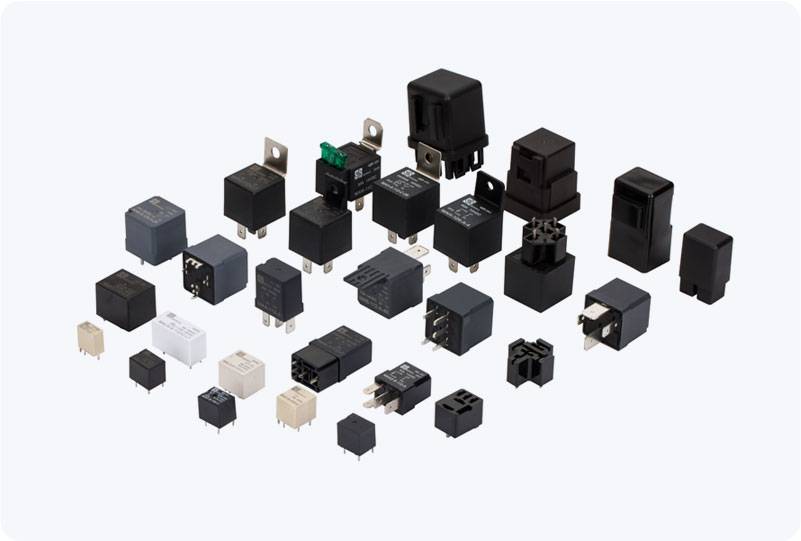understanding the 220v ac relay: applications, working principle, and considerations
Release time:2025-10-20 03:27:33
A 220V AC relay is an essential electrical component widely used in various applications, from household appliances to industrial automation systems. It allows low-power control circuits to manage high-power devices, such as motors, lights, and other heavy-duty equipment. In this article, we will explore the working principle of 220V AC relays, their applications, key specifications, and important considerations when selecting and using them.

Working Principle of a 220V AC Relay
A 220V AC relay operates based on the principles of electromagnetism. At its core, a relay consists of two main components: the coil and the contacts.
Coil (Electromagnetic part): The coil is energized by the 220V AC input voltage. When the voltage is applied, an electromagnetic field is generated around the coil. This magnetic field attracts a movable armature inside the relay, which causes the relay's contacts to change positions (from open to closed or vice versa).
Contacts: The relay has at least one set of contacts that are either normally open (NO) or normally closed (NC). When the coil is energized, the contacts shift position. A normally open (NO) contact remains open when the relay is not energized but closes once the relay is triggered. Conversely, a normally closed (NC) contact remains closed in the absence of voltage but opens when energized.

